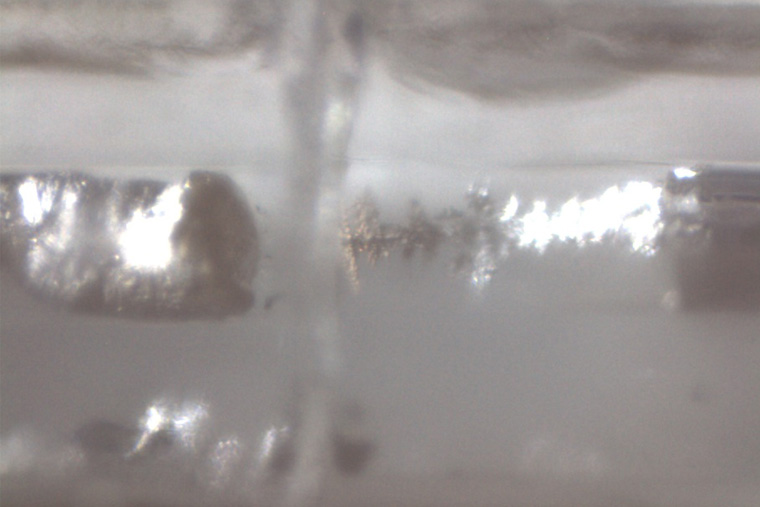
Research from the lab of Peng Bai, assistant professor of energy, environmental and chemical engineering at the McKelvey School of Engineering at Washington University in St. Louis, recently revealed the formula for building a perfectly stable sodium electrode.

The team has now discovered the formula for a perfectly stable and safe electrode.
The research was published last month in the journal Advanced Energy Materials.
Stability in an electrode is key to a well-performing battery. Instability is caused by irregular distribution of metal ions as they move from the cathode to the anode. The more uniformly the ions move, the smoother the outgrowth of metal deposits. This results in a longer-lasting battery and, importantly, a battery that is less likely to short and create a hazardous situation.







